Feeding your pet snake is not just about sustenance – it’s about providing an enriching experience that satisfies their natural hunting instincts. Many snake species have evolved as opportunistic predators, and in captivity, they continue to benefit from consuming live prey that mimics their wild feeding behaviors. While commercially prepared foods and frozen-thawed options exist, live food offers unique nutritional and behavioral benefits that many snake owners find irreplaceable. This comprehensive guide explores the diverse world of live food options for pet snakes, addressing the benefits, considerations, and specific prey items that different snake species prefer. Whether you’re a first-time snake owner or a seasoned herpetoculturist, understanding your snake’s dietary preferences is essential for maintaining their health and well-being.
Understanding Snake Feeding Behaviors
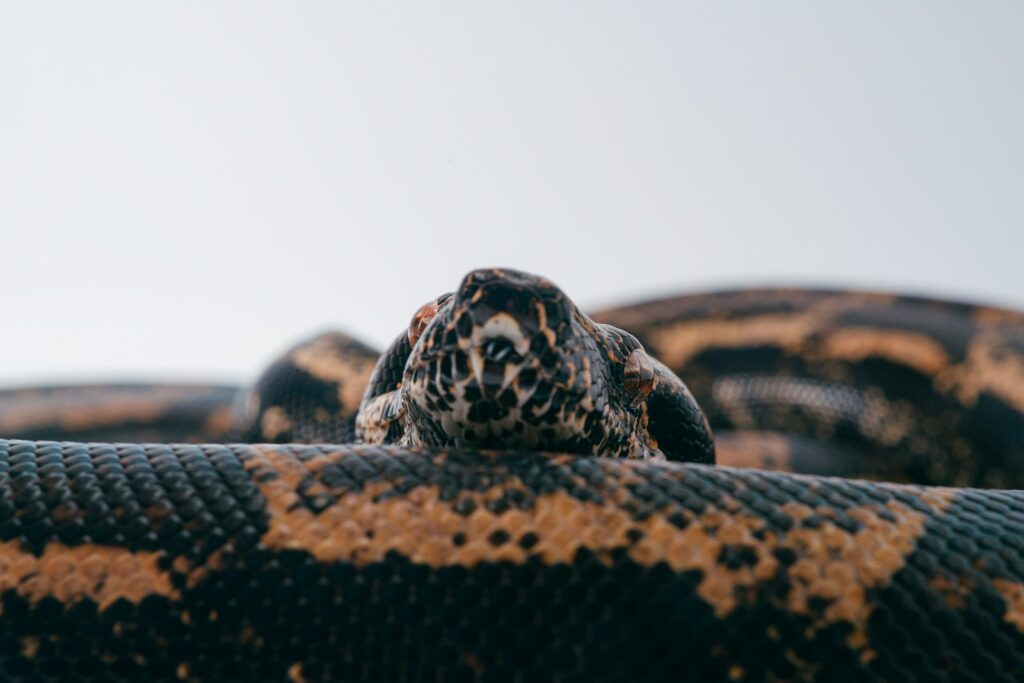
Snakes are fascinating carnivores with feeding behaviors that vary dramatically between species. Some snakes, like ball pythons, are ambush predators that prefer to strike from hiding spots, while others, such as king snakes, actively hunt and pursue their prey. These innate behaviors influence not only how snakes feed but also what types of prey they naturally prefer. In the wild, snakes have evolved specialized sensory adaptations, including heat-sensing pits, tongue-flicking chemoreception, and keen vision that help them locate and capture specific prey animals. Understanding these natural inclinations is crucial for providing appropriate live food options. Additionally, snake metabolism and digestive processes are uniquely adapted to process whole prey items, which explains why complete animals, rather than processed food, form the basis of a healthy snake diet.
Benefits of Live Feeding
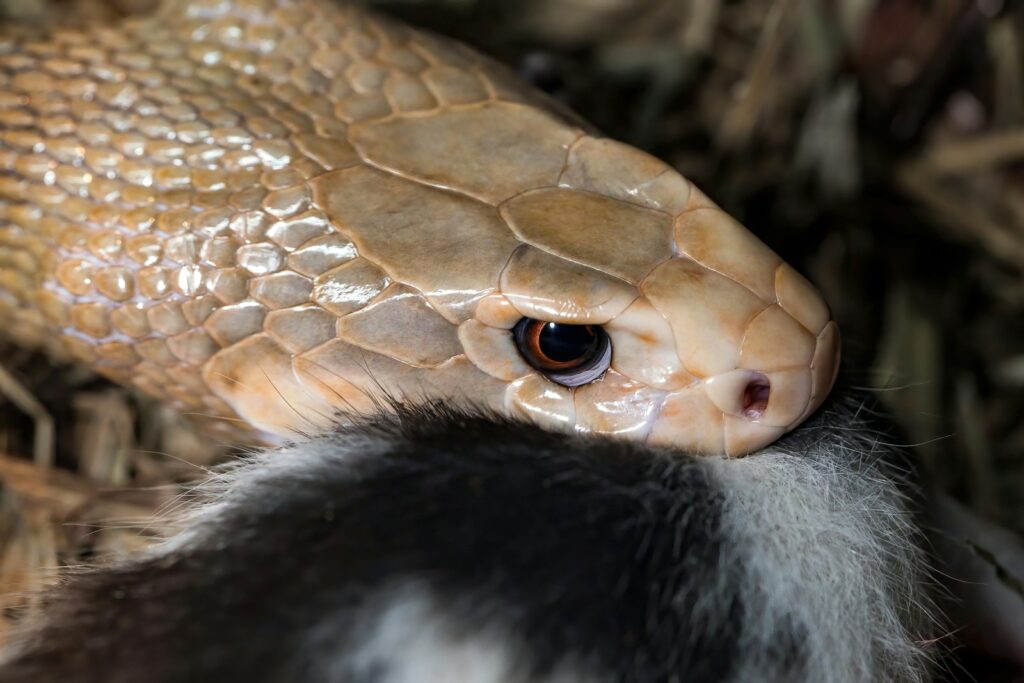
Live feeding provides numerous advantages that contribute to a snake’s physical and psychological well-being. First and foremost, the hunting experience stimulates natural behaviors that keep snakes mentally engaged and physically active, helping prevent issues like obesity and lethargy. The movement of live prey triggers instinctual feeding responses in snakes that might otherwise refuse food, making live feeding particularly valuable for finicky eaters or snakes recovering from illness. From a nutritional perspective, live prey offers complete nutrition with the perfect balance of proteins, fats, minerals, and vitamins in their natural form, with internal organs providing essential nutrients that may be degraded in processed or preserved alternatives. Finally, the process of pursuing, striking, constricting, and consuming live prey provides valuable exercise that supports muscle tone, coordination, and overall fitness in captive snakes.
Mice: The Staple Diet
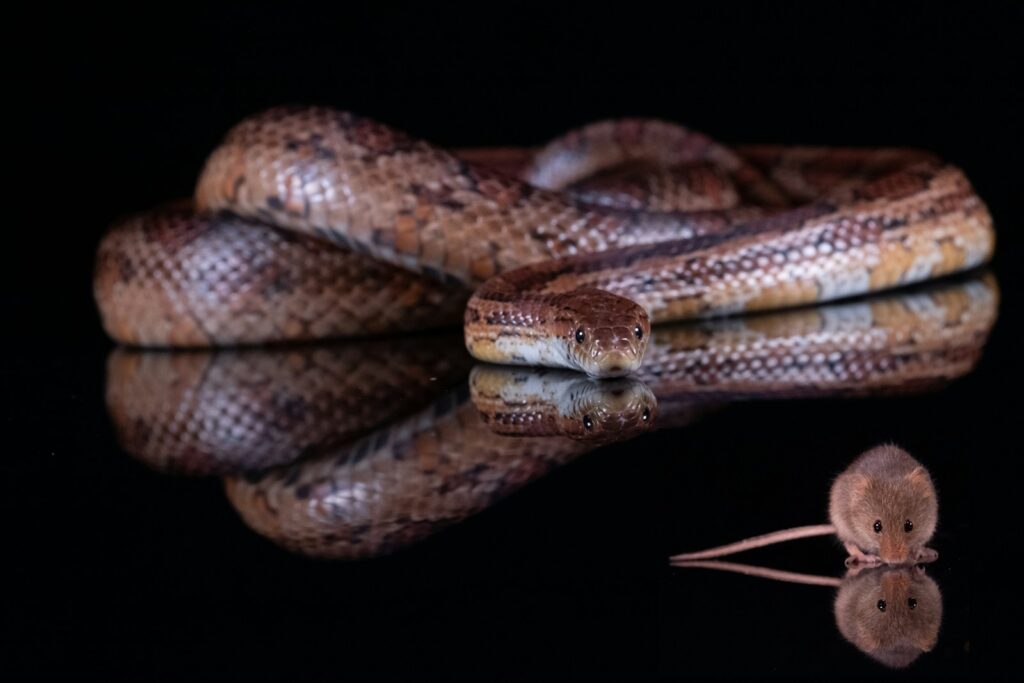
Mice represent the cornerstone of most pet snake diets, serving as a versatile food source suitable for numerous species across various size ranges. These rodents are particularly valuable because they’re available in multiple sizes from pinkies (newborns) to hoppers (juveniles) to adult mice, making them appropriate throughout a snake’s growth stages. Nutritionally, mice offer an excellent balance of protein, fat, and calcium that closely matches the dietary requirements of many snake species. They’re relatively easy to source from reptile specialty stores, pet shops, and dedicated rodent breeders who maintain healthy colonies specifically for reptile consumption. For owners considering breeding their own feeder mice, this option provides control over quality but requires dedicated space, time, and understanding of proper mouse husbandry practices to ensure the production of healthy feeder animals.
Rats for Larger Species
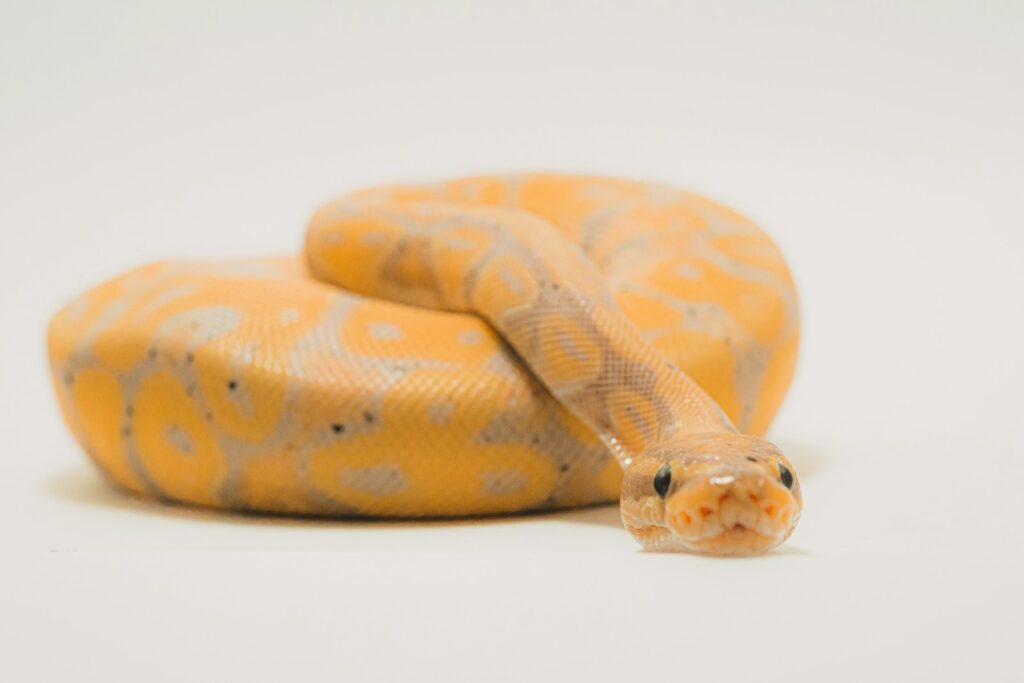
Rats become the primary food source for many medium to large snake species, including Burmese pythons, reticulated pythons, and larger boa constrictors. Like mice, rats are available in various life stages from pinkies to fuzzies, weanlings, and adults, allowing owners to match prey size to their snake’s growing requirements. Nutritionally dense, rats offer a higher caloric content than mice, making them more efficient for larger snakes that require substantial meals. Their body composition provides excellent nutrition with appropriate fat-to-protein ratios that support healthy growth and maintenance in larger constrictors. When selecting rats as feeders, quality matters significantly – healthy rats from reputable sources ensure your snake receives optimal nutrition without exposure to parasites or diseases. For very large snake species, jumbo or “giant” rat varieties may be necessary as the snake reaches full adult size.
Chicks and Quail for Bird Eaters
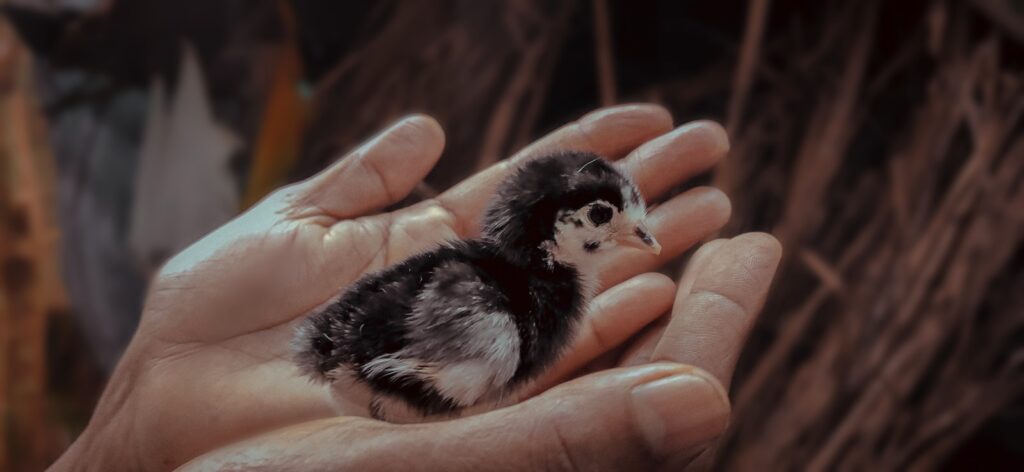
Some snake species, particularly certain colubrids and arboreal species, have evolved to prefer avian prey in their natural habitats. For these specialized feeders, day-old chicks, quail chicks, and small birds provide not just nutrition but also stimulate natural feeding responses that may be absent with rodent prey. Avian prey offers a different nutritional profile compared to rodents, with variations in fat content and amino acid composition that more closely match the wild diet of bird-eating snakes. Species like African egg-eating snakes (Dasypeltis species) have highly specialized dietary requirements, subsisting almost exclusively on bird eggs in the wild. When introducing bird prey, many snakes respond to the different movement patterns, scent profiles, and feather textures that trigger instinctual feeding behaviors established through evolutionary adaptation. However, bird prey should generally be offered less frequently than rodents for most captive snakes, serving as dietary enrichment rather than a staple food source.
Amphibians for Garter and Water Snakes
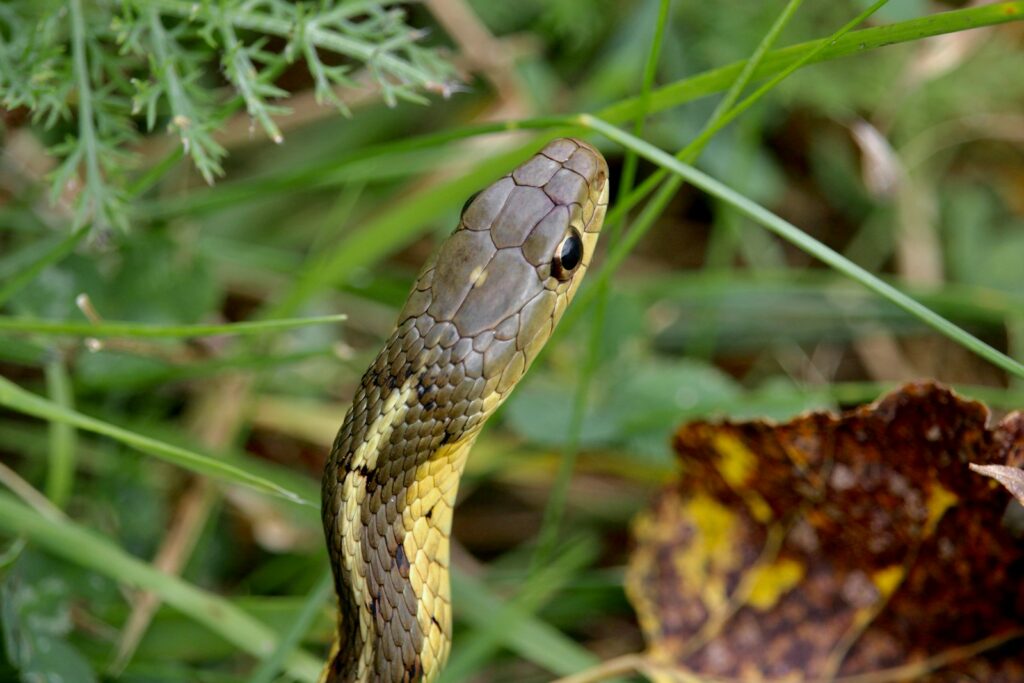
Garter snakes, ribbon snakes, and water snakes often show a marked preference for amphibian prey, reflecting their semi-aquatic or riparian natural habitats. Frogs, tadpoles, and small toads represent natural food sources that these specialized snake species have evolved to hunt and consume efficiently. When feeding amphibians to these snake species, it’s important to source captive-bred specimens whenever possible, as wild-caught amphibians may carry parasites or have been exposed to environmental toxins that could harm your snake. The nutritional profile of amphibians differs significantly from rodents, containing less fat and different amino acid compositions, which more accurately reflects the dietary needs of these specialized snake species. For keepers maintaining these species, establishing a reliable source of appropriate amphibian prey can be challenging but is essential for maintaining proper nutrition and stimulating natural feeding behaviors.
Fish Options for Aquatic Species
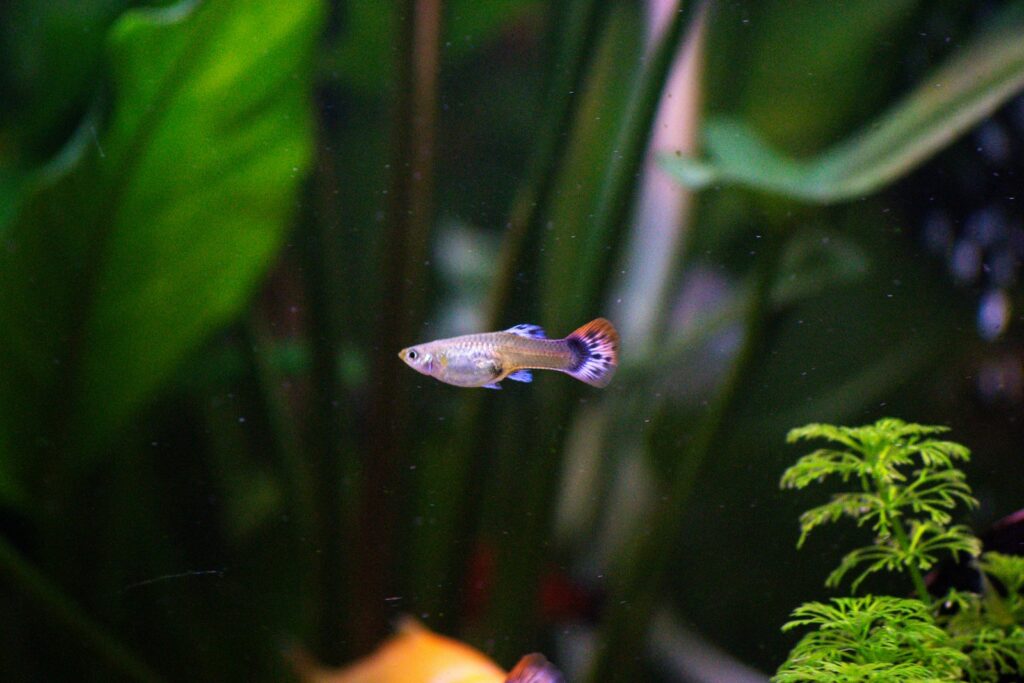
Aquatic and semi-aquatic snake species like water snakes (Nerodia), garter snakes (Thamnophis), and some Asian water snakes (Homalopsis) naturally consume fish as a primary component of their diet. Feeder fish options include guppies, minnows, goldfish, and small tilapia, though careful selection is necessary as some fish species contain thiaminase, an enzyme that breaks down vitamin B1 and can cause nutritional deficiencies in snakes when fed exclusively. Freshwater species are generally preferred over saltwater fish, with smaller specimens being easier for snakes to consume and digest properly. When sourcing feeder fish, it’s essential to use dedicated suppliers rather than pet store “ornamental” fish, which may have been treated with medications or chemicals potentially harmful to predator species. For keepers maintaining fish-eating snake species, rotating different fish species in the feeding regimen helps ensure balanced nutrition and reduces the risk of vitamin deficiencies associated with single-species feeding.
Insects and Invertebrates for Small Species
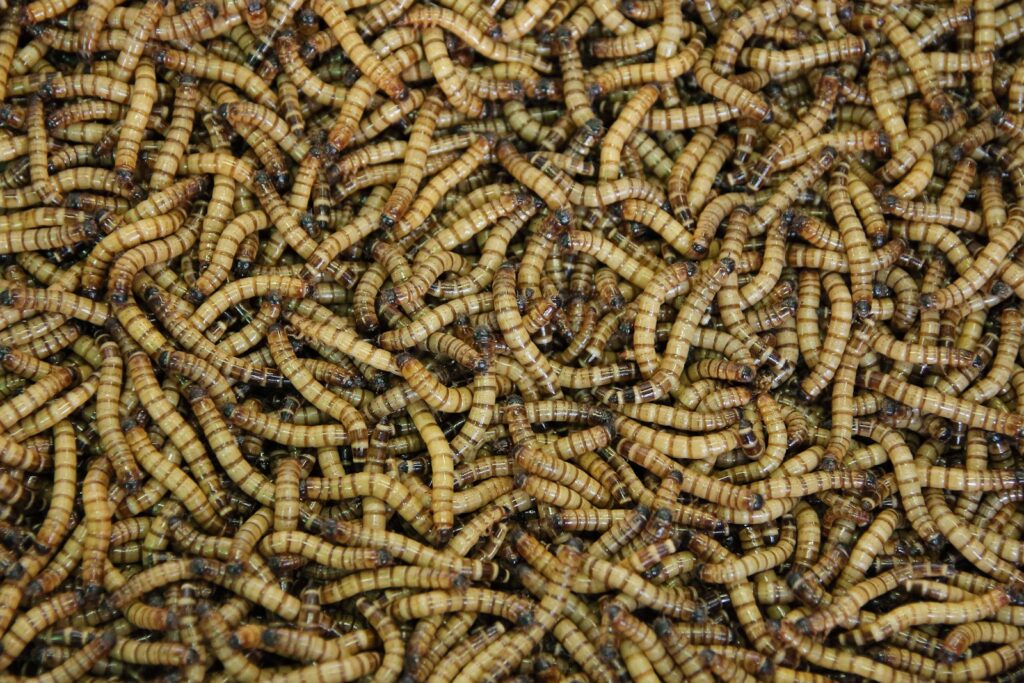
For smaller snake species, particularly young specimens of insectivorous species like rough green snakes (Opheodrys aestivus) and some garter snake species, insects and invertebrates form an essential part of their diet. Crickets, waxworms, silkworms, and earthworms offer appropriate-sized prey items that match the natural feeding behaviors of these specialized snake species. These invertebrates should ideally be “gut-loaded” – fed nutritious foods for 24-48 hours before being offered to snakes – to maximize their nutritional value and pass those nutrients on to the snake. Unlike rodent prey, invertebrates generally lack sufficient calcium without supplementation, so dusting them with reptile calcium powder before feeding is often recommended by veterinarians specializing in reptile nutrition. For very small snake species or neonates of larger species, invertebrates can provide manageable prey items during early development stages before they’re capable of consuming vertebrate prey.
Safety Considerations During Live Feeding

While live feeding offers benefits, it also presents potential risks that responsible snake owners must address. Perhaps the most significant concern is the possibility of prey-inflicted injuries, as frightened rodents or other live food animals may bite or scratch snakes, potentially causing serious wounds that can become infected. To minimize these risks, never leave live prey unattended in an enclosure, and be prepared to intervene if the snake doesn’t show immediate interest in hunting. Creating appropriate feeding environments with sufficient space and proper hiding spots helps replicate natural hunting conditions and reduces stress for both predator and prey. For owners concerned about safety, pre-killed prey (freshly euthanized) offers a middle ground between live and frozen-thawed options, retaining many of the sensory stimuli that trigger feeding responses while eliminating the risk of prey-inflicted injuries. Always monitor feeding sessions closely, especially with new snakes or when introducing unfamiliar prey types.
Nutritional Considerations for Different Species
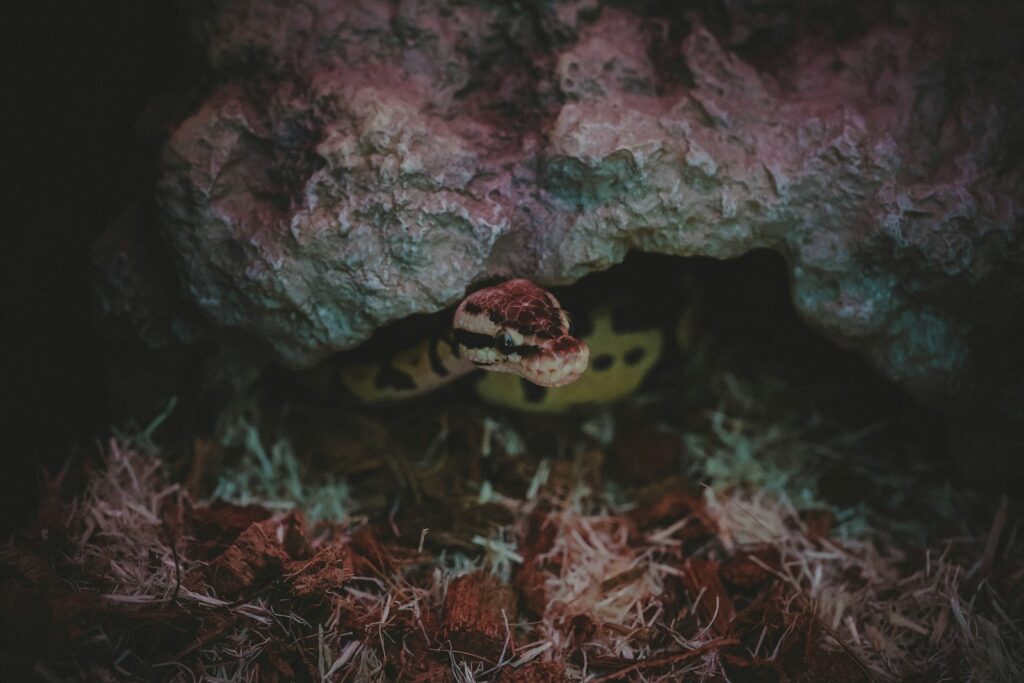
Different snake species have evolved specialized dietary requirements based on their natural habitats and evolutionary history. Ball pythons, corn snakes, and king snakes generally thrive on a rodent-based diet, with prey size increasing proportionally as the snake grows. Arboreal species like green tree pythons and emerald tree boas often prefer birds and other prey with different nutritional profiles than terrestrial rodents. Water snakes and garter snakes may require a mix of fish, amphibians, and occasionally rodents to maintain optimal health. When evaluating nutritional needs, consider both the frequency of feeding and prey size – younger snakes typically require more frequent feeding of smaller prey items, while adults may eat larger prey less often. For specialized feeders like egg-eating snakes or strictly fish-eating species, consultation with an experienced veterinarian may be necessary to ensure all nutritional requirements are being met through appropriate prey selection.
Establishing a Feeding Schedule
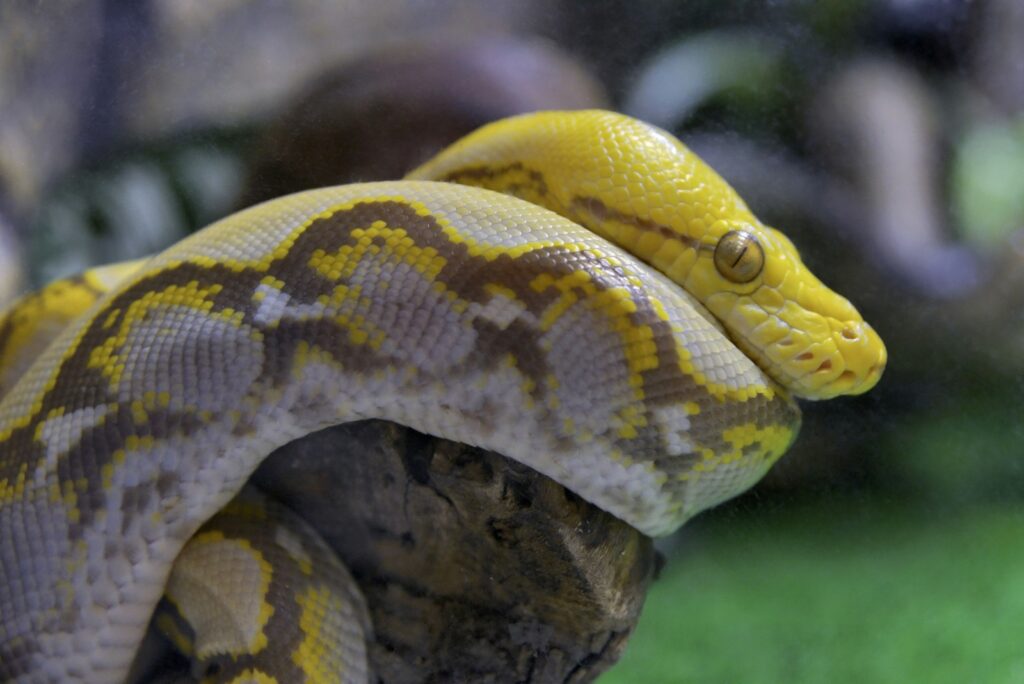
Creating an appropriate feeding schedule is essential for maintaining your snake’s health and depends on factors including species, age, size, and metabolic rate. Juvenile snakes typically require more frequent feeding – often every 5-7 days – to support their rapid growth phase, while adult snakes generally eat less frequently, with many species thriving on a meal every 10-14 days or even longer for larger pythons and boas. Seasonal variations should be considered as well, as many snake species naturally reduce their food intake during winter months or breeding seasons. Monitoring your snake’s body condition provides valuable feedback on whether your feeding schedule is appropriate – a healthy snake should have a gently rounded body shape without prominent spine or ribs, but without excessive fat rolls. Record keeping becomes invaluable for tracking feeding responses, prey sizes, and weight changes, helping you adjust the feeding schedule to match your individual snake’s needs across different life stages.
Sourcing Quality Live Food
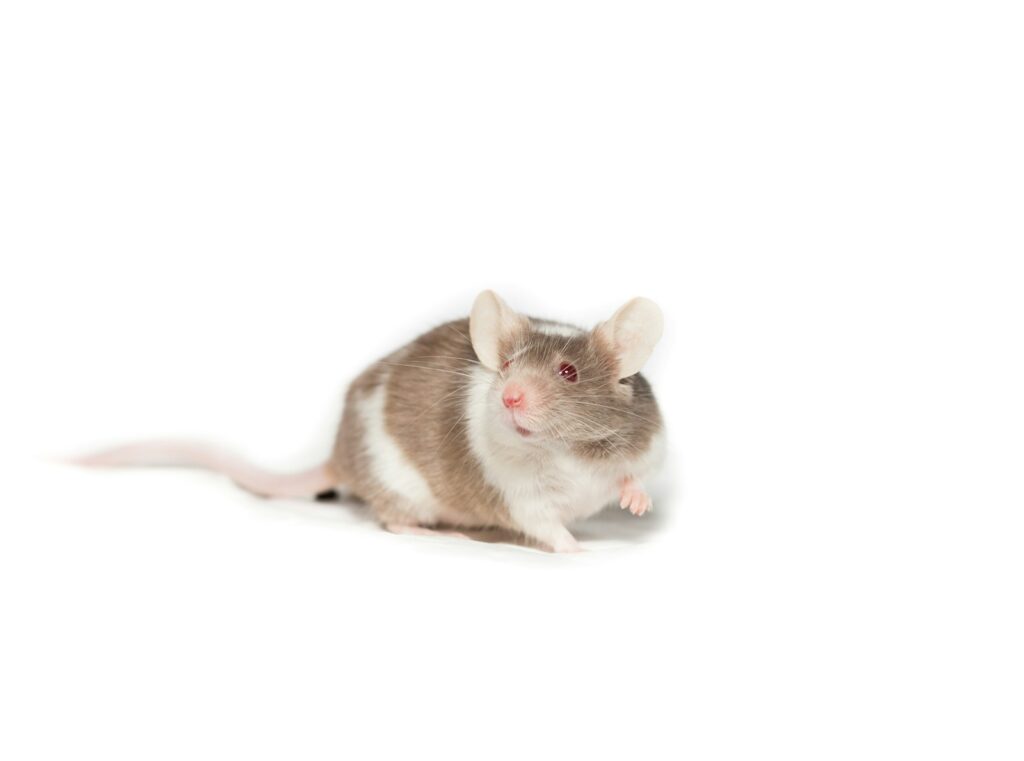
The nutritional value of live prey directly impacts your snake’s health, making sourcing decisions critically important. Reputable reptile specialty stores, dedicated feeder breeders, and reptile expos typically offer the highest quality live food options raised specifically for feeding purposes. When evaluating potential suppliers, look for clean facilities, healthy-looking animals, proper housing conditions, and willingness to answer questions about their breeding practices and animal care. For those considering home breeding of feeder animals, research proper husbandry requirements, including space needs, nutrition, and humane euthanasia method,s before beginning. Online reptile communities often maintain lists of recommended suppliers and can provide valuable recommendations based on collective experience. Remember that the nutritional quality of prey animals directly reflects their diet and living conditions, so investing in quality food sources ultimately translates to better health for your snake.
Ethical Considerations of Live Feeding
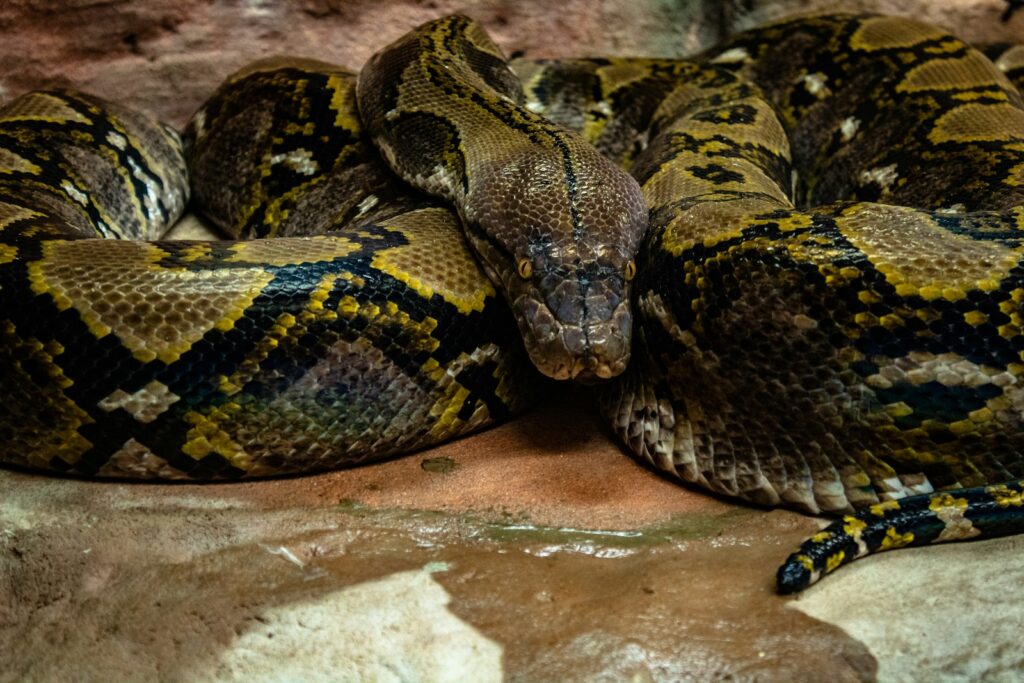
The practice of live feeding raises ethical questions that snake owners should thoughtfully consider. Many reptile enthusiasts and herpetological organizations advocate for pre-killed or frozen-thawed feeding when possible, as this eliminates suffering for prey animals while still providing nutrition for the snake. For snakes that do require live prey due to feeding preferences or health concerns, minimizing suffering becomes an ethical responsibility – this includes providing prey animals with proper care before feeding, choosing appropriately sized prey that can be quickly subdued, and never using feeding as entertainment or spectacle. In some regions, live feeding is regulated by animal welfare laws that may restrict the practice or establish guidelines for how it must be conducted. Finding the balance between meeting your snake’s biological needs and minimizing unnecessary suffering requires ongoing education and ethical reflection, with decisions based on the specific requirements of your individual snake rather than convenience or entertainment value.
Transitioning Between Food Types
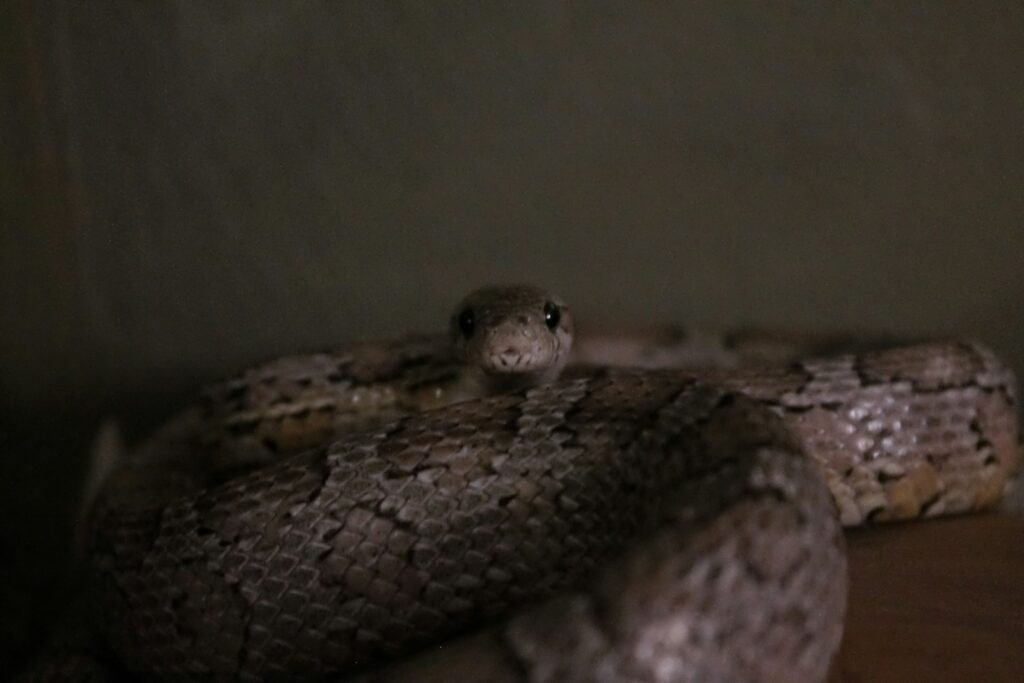
Many snake owners eventually need to transition their pets between different food types, whether from live to frozen-thawed prey or between different prey species. Successful transitions require patience and understanding of snake psychology and feeding behaviors. Begin by offering the new food item using feeding tongs in a manner that mimics the movement of live prey, which often triggers the snake’s feeding response. Scent transfer techniques can be highly effective – rubbing the new food item against a familiar prey type or using prey scent products can help entice hesitant feeders to accept unfamiliar food. Timing transitions during periods when the snake is naturally hungry improves success rates, so attempting the change just before a regular feeding is typically most effective. For particularly reluctant snakes, incremental changes work better than abrupt transitions – for example, offering freshly killed prey before attempting frozen-thawed, or mixing familiar and new prey types during the transition period.
Understanding and providing the right live food options for your pet snake represents one of the most important aspects of responsible reptile keeping. While frozen-thawed options offer convenience and safety, many snake species benefit tremendously from the nutritional completeness and behavioral enrichment that live prey provides. By carefully considering your snake’s species-specific requirements, creating appropriate feeding environments, and sourcing quality prey items, you can ensure your serpentine companion thrives under your care. Remember that feeding practices should evolve throughout your snake’s life, adapting to their changing needs across different life stages. Whether you’re raising a corn snake, ball python, or specialized species with unique dietary requirements, the investment you make in proper nutrition will be rewarded with a healthy, active snake that displays natural behaviors and lives a long, vibrant life.


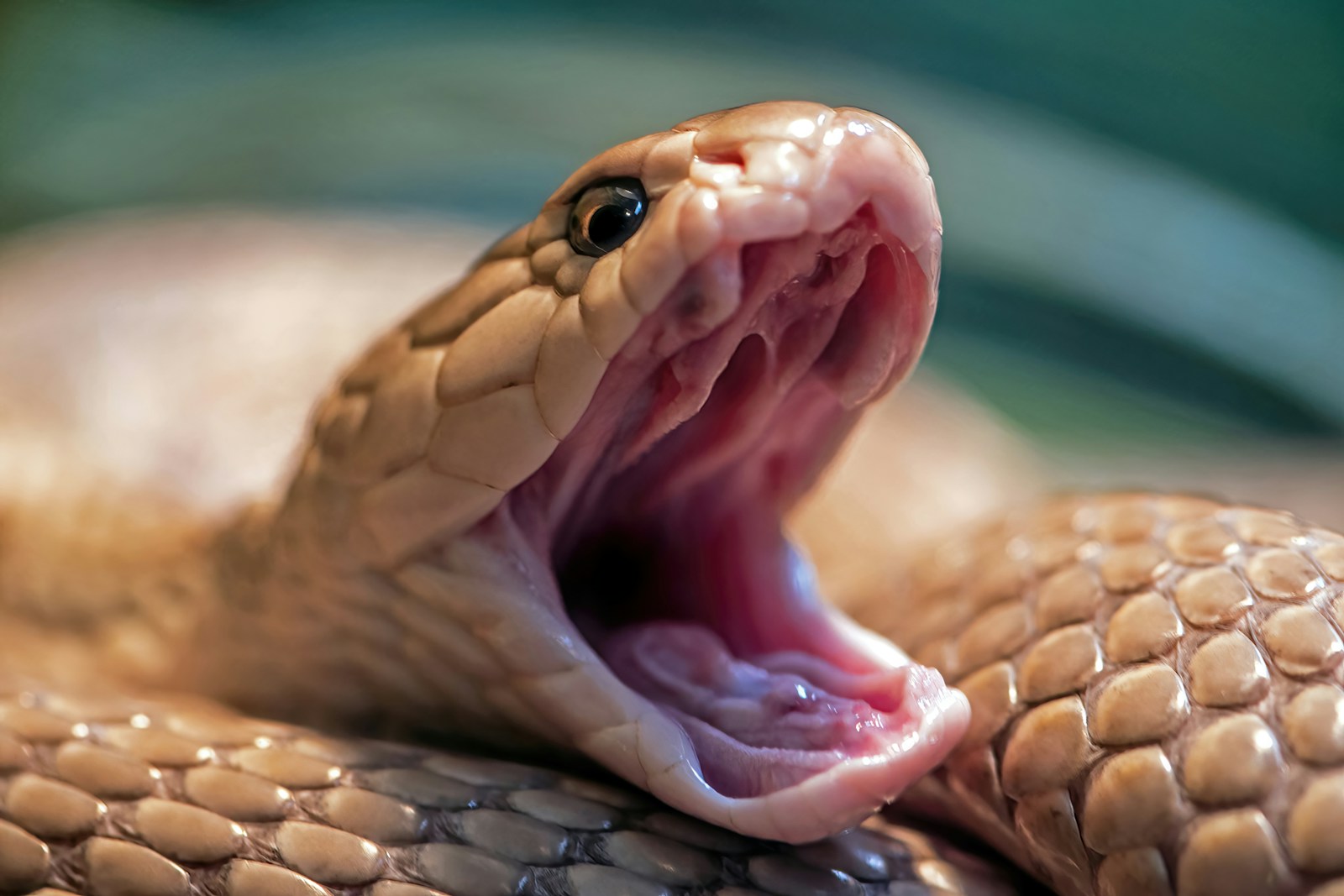

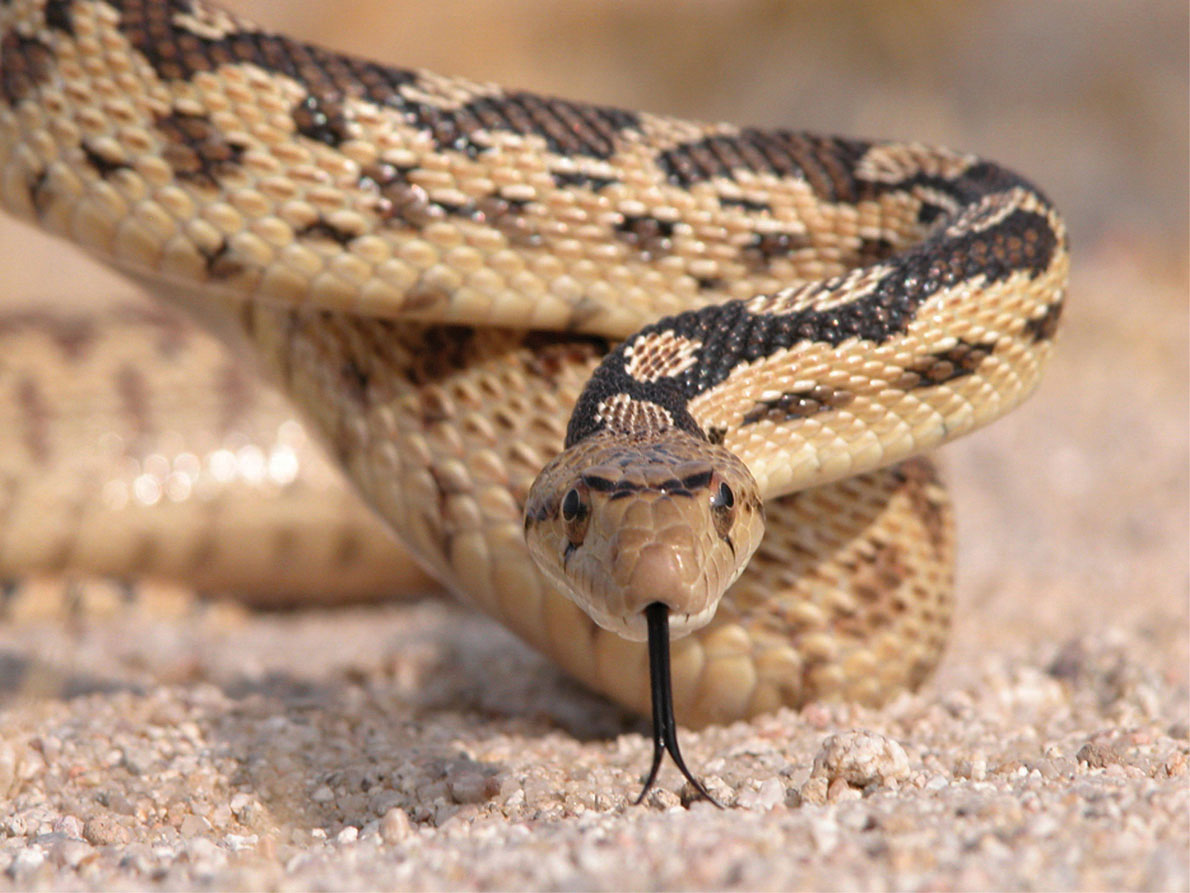
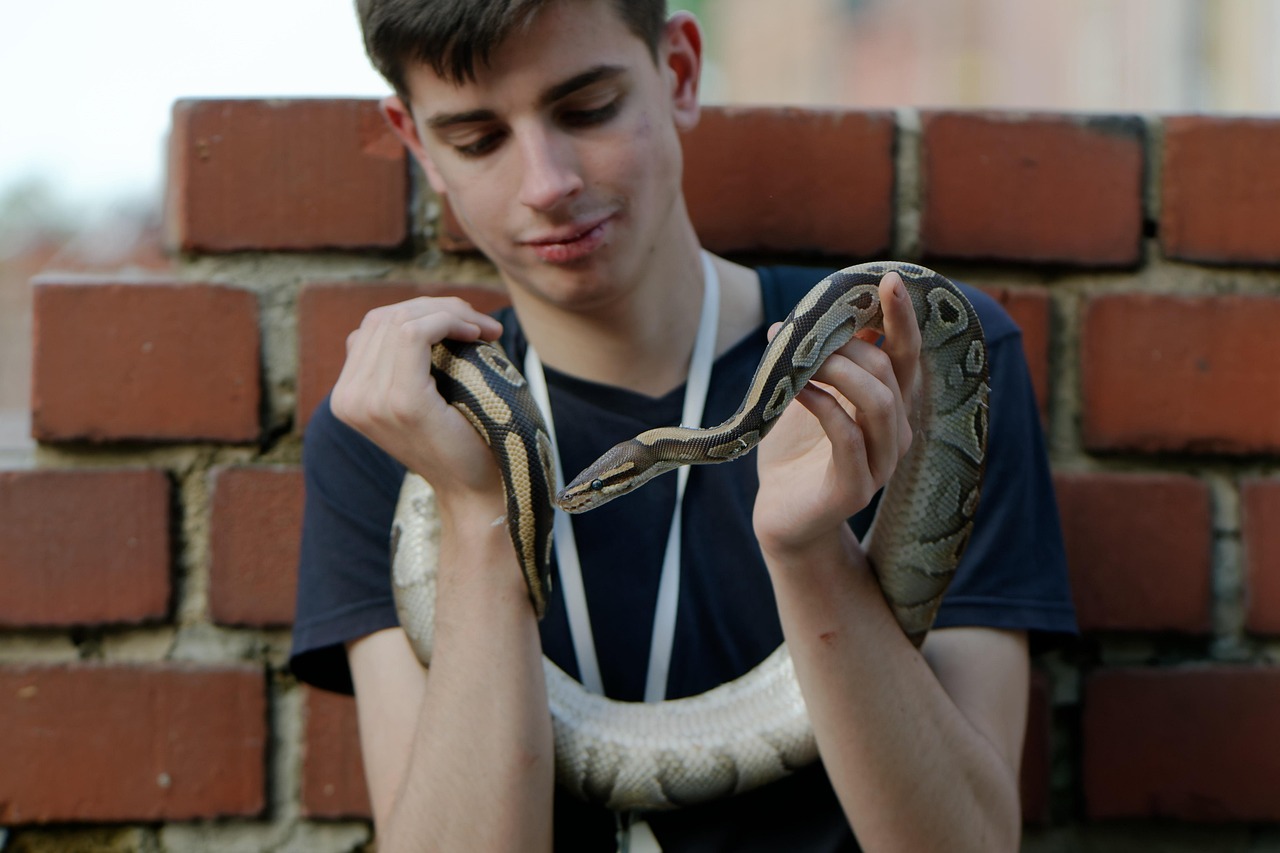
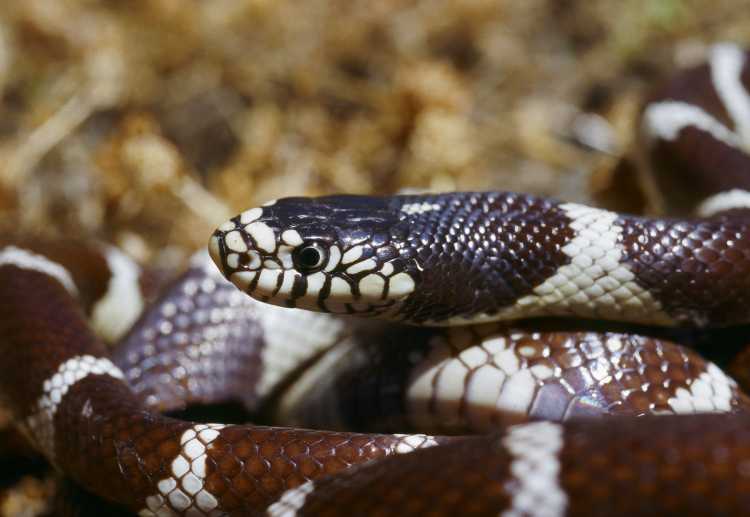
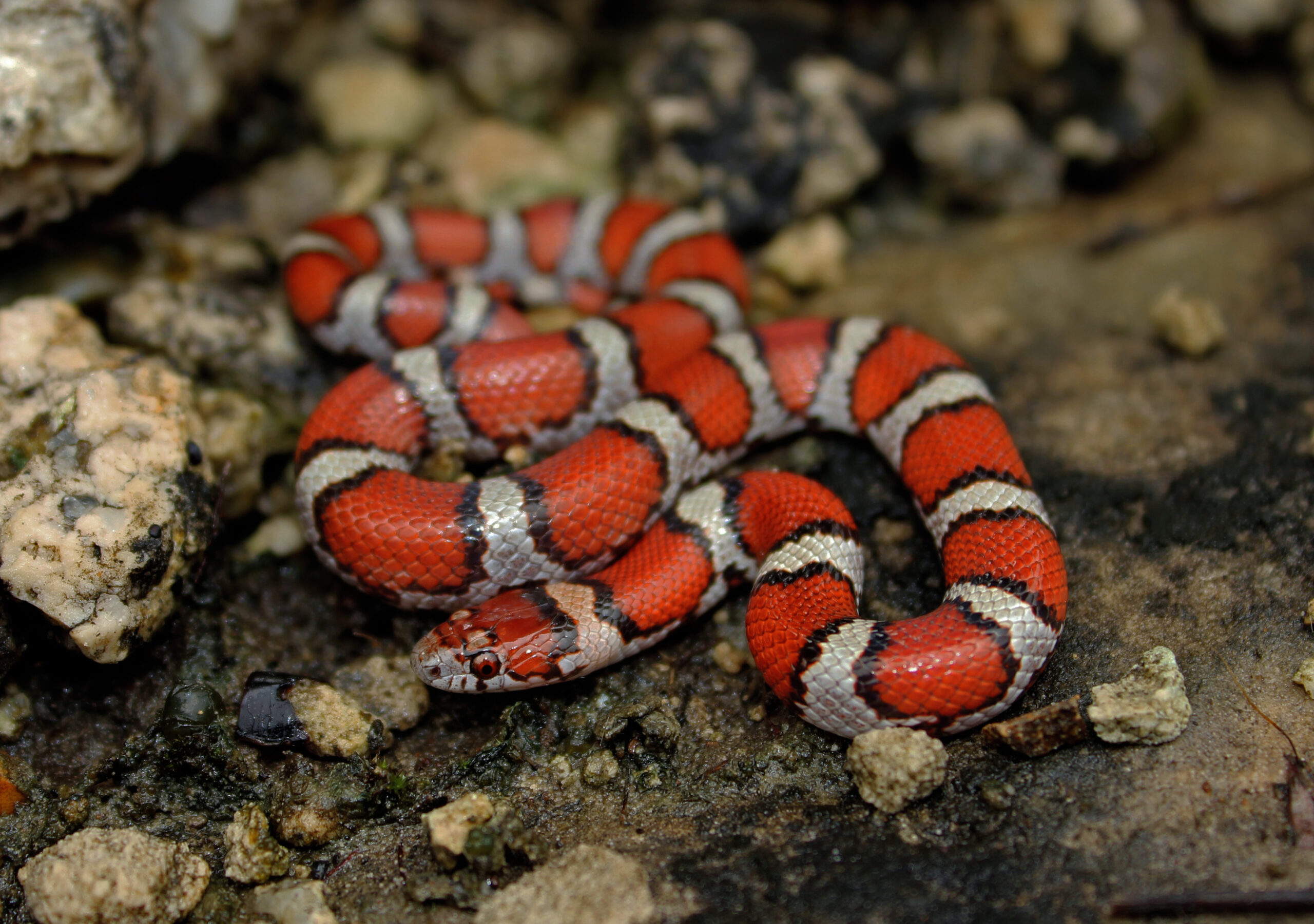








Leave a Reply